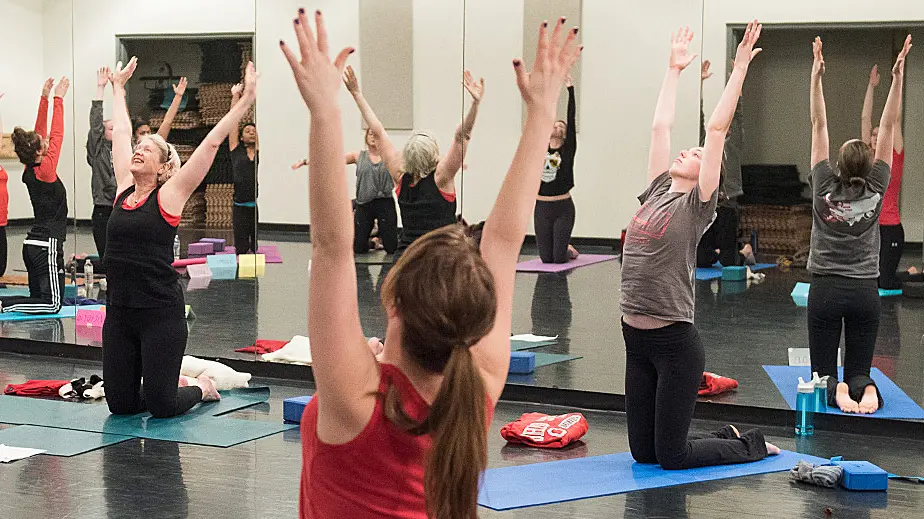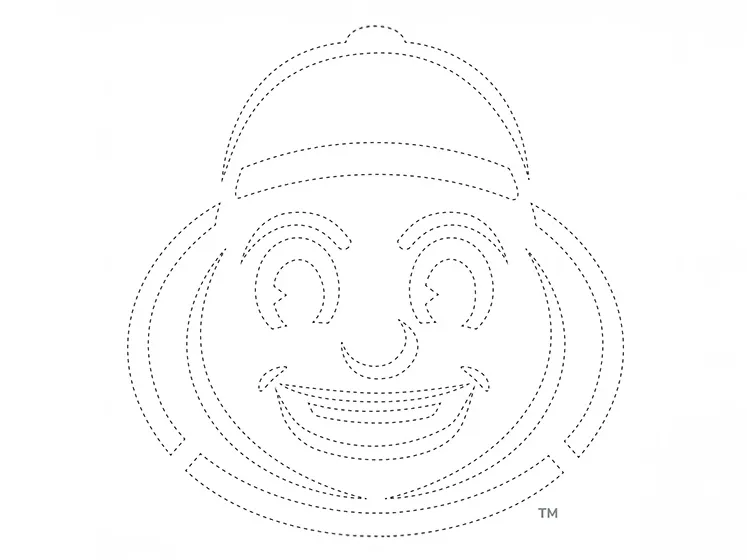Tips to help you stress less
Ohio State’s chief wellness officer shares evidence-based tactics for chilling out.

(Photo by Jo McCulty ’84, ‘94 MA)
A recent study of 6,700 Americans ages 18 to 64 years — “United States of Stress,” conducted by the consumer health and well-being website Everyday Health — revealed Americans from all generations, races, genders and walks of life feel stressed.
Almost one in three of those surveyed said they visited a doctor about something stress related. While the study measured many stressors, financial stress weighed most heavily, causing more than half of the regular stress of respondents. Finances were followed closely by job and career stress, but personal relationships and family responsibilities ranked high, too, revealing a nation that feels the strain both at work and at home.
What can we do to lower stress? Here are some tactics to approach the biggest stressors in your life.
1. Know your triggers
Sources of stress differ for everybody, and physical symptoms of stress vary widely. Maybe you feel your blood pressure skyrocket when you pull bills out of the mailbox, or your heart races when your boss says a project you’re working on is due in two days, or you feel ready to snap when your children start arguing during a family dinner. Stress hormones such as cortisol and adrenaline flood your body, speeding up your heart rate. The physical symptoms that result can include body pains, upset stomach, headaches, sweating and fatigue. Emotional symptoms include anxiety, depression and irritability.
2. The 1-minute solution
When you recognize your physical symptoms of stress, stop and take five deep breaths. You can activate your body’s natural relaxation response by practicing relaxation techniques, such as deep breathing. Often we are in a rush to help others, and we forget to take care of ourselves. But caring for yourself first helps you be your best and take great care of others.
3. The one-day solution
Releasing stress is an investment in your health. Find an activity you enjoy, maybe doing some yoga stretches, taking a walk in the woods, connecting with family and friends in person, or spending some quiet time alone in prayer, meditation or a soothing bath. You deserve wellness! Even if you don’t have time for a long walk, some simple leg stretches at your desk can release tensions that your fight-or-flight responses build up. Also, do your best to get at least seven hours of quality sleep each night.
4. The weekend solution
There’s a weekend in sight. Plan some time together with friends. Social wellness can help you relieve stress, too. Sadly, 51 percent of women and 35 percent of men surveyed said they didn’t see friends at all during an average week. Visit the library to pick up some inspirational books to read: Positive messages help you feel less stressed.
5. The one-month solution
Make a date with yourself to strategize ways to control the things you can and ask for help with those you can’t. Can you enlist the help of a personal trainer, therapist, financial planner or friend or family member to tackle your biggest sources of stress? Chances are, the same stressors will reappear over the month, so keep working on those positive thoughts in response. Keep a stress journal to track your progress — and develop an attitude of gratitude by jotting down three things you’re grateful for each day. Don’t give up: Evidence shows that It takes 30 days to make or break a habit, so keep practicing. In just a month, you could feel much better.



